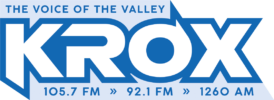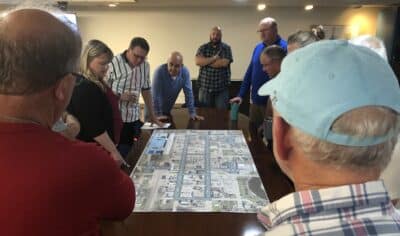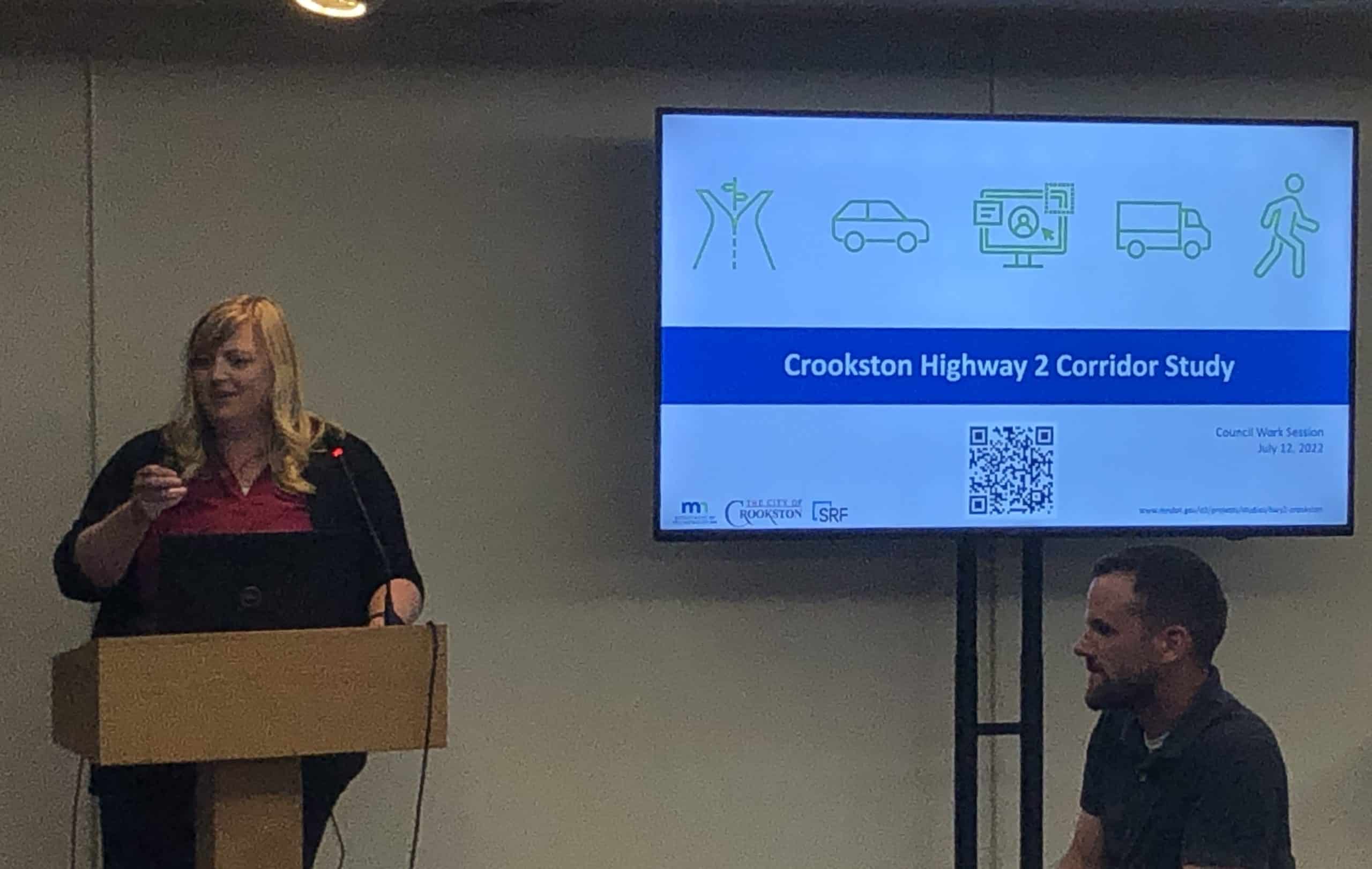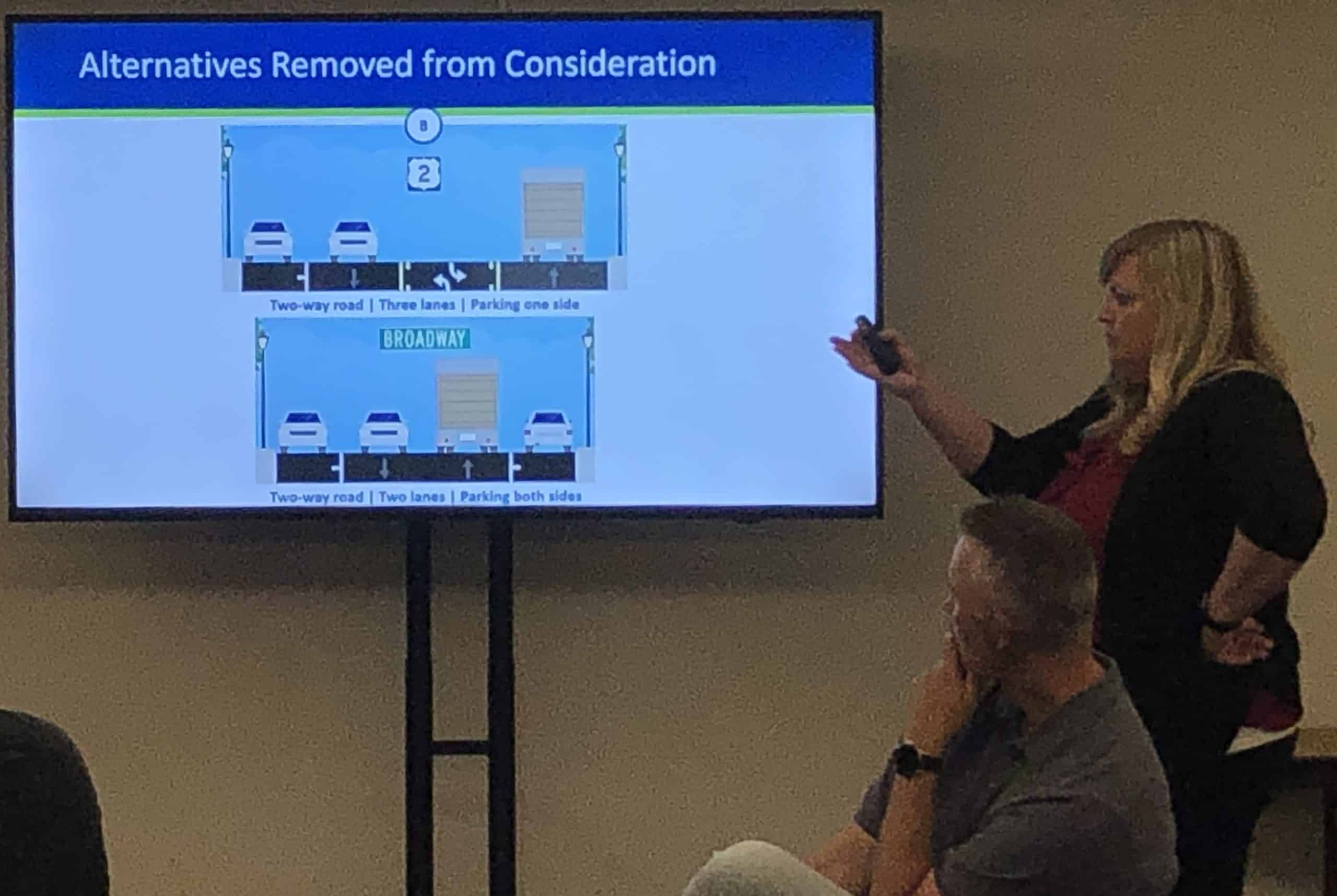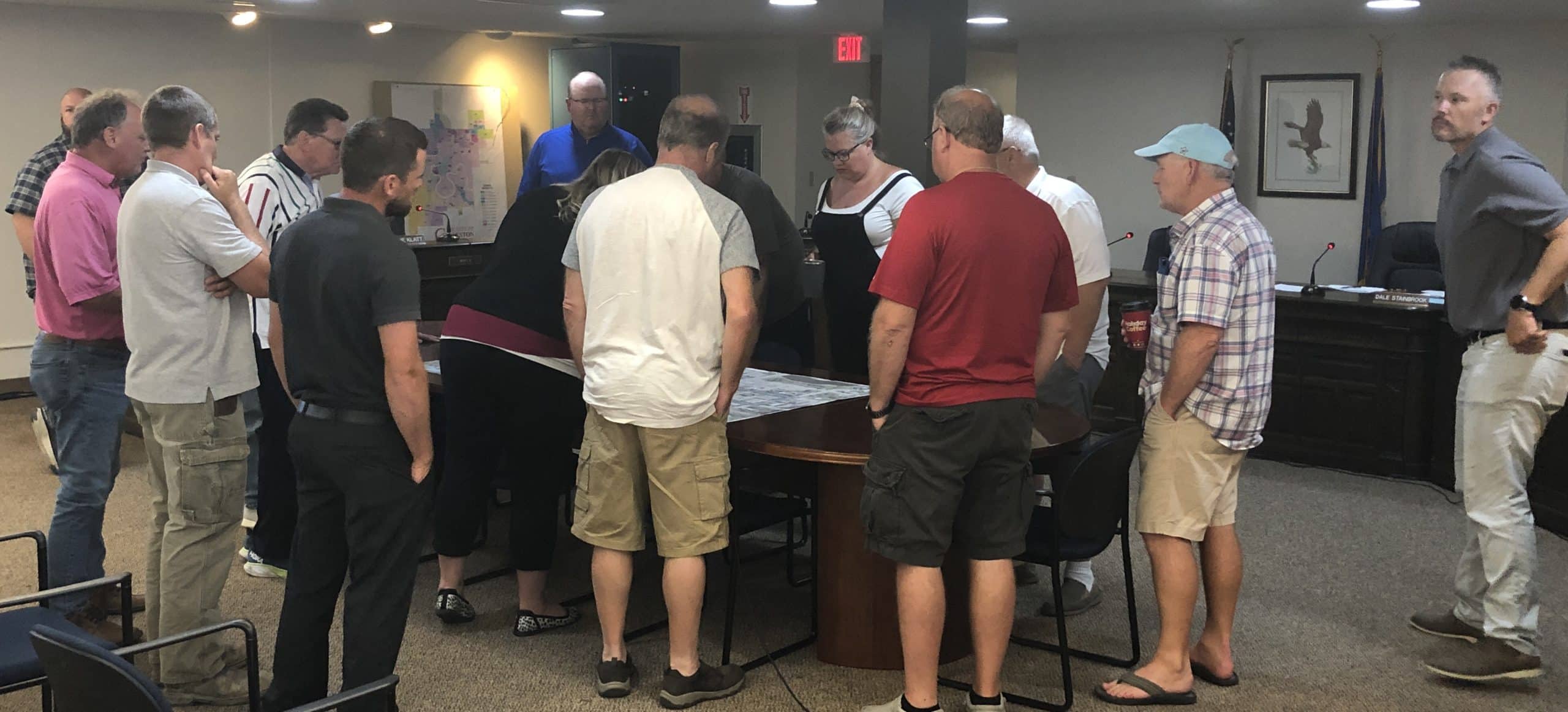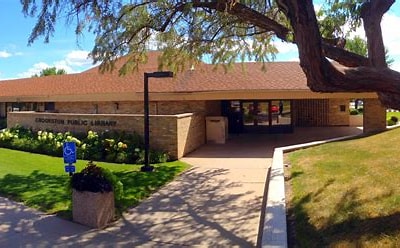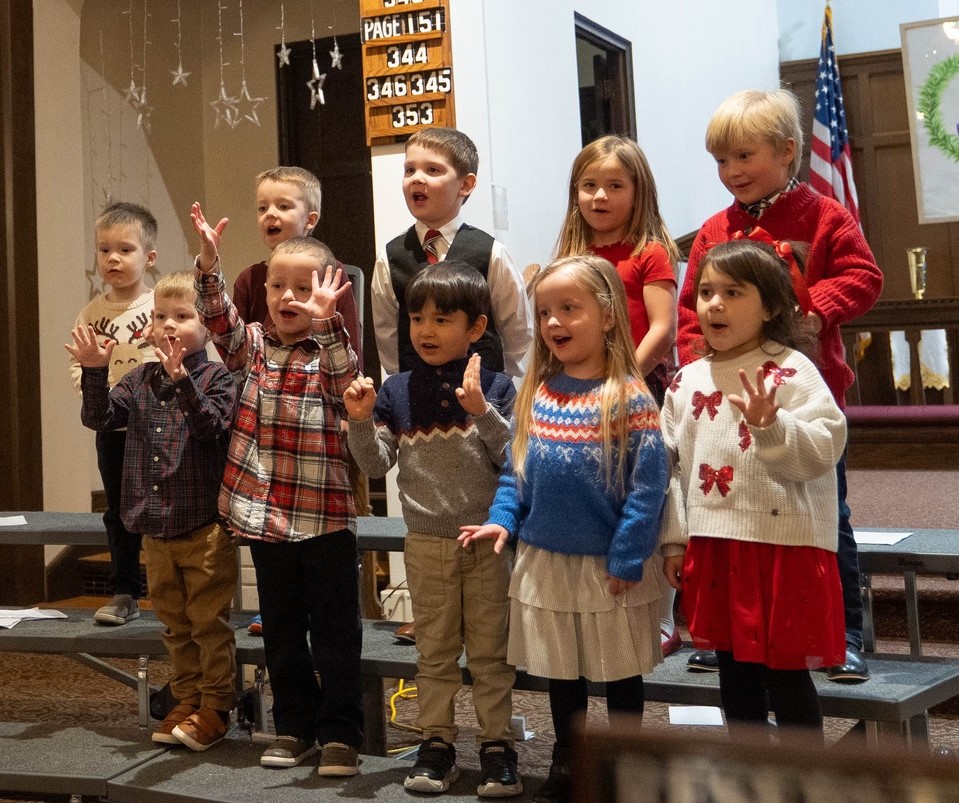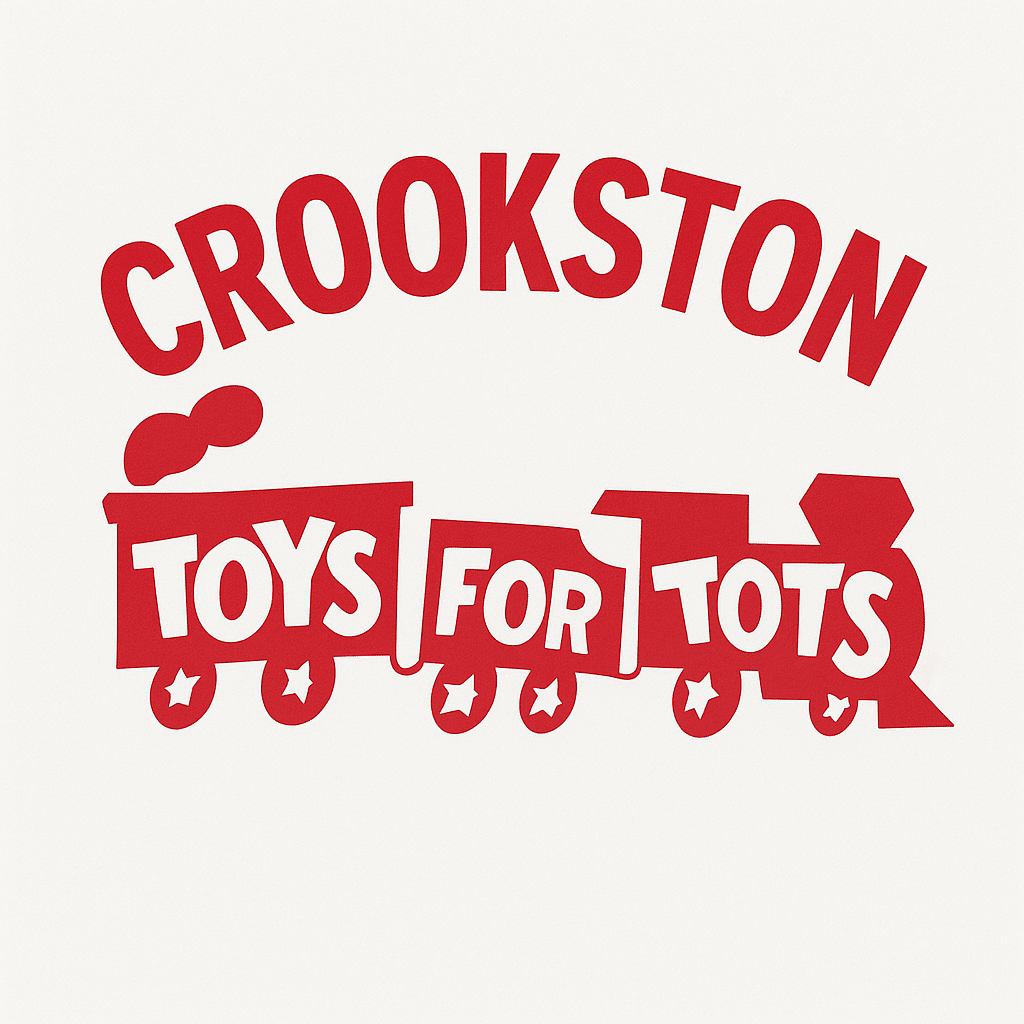The Crookston Ways & Means Committee held a Special Meeting in the Crookston City Hall Council Chambers to discuss the funding for the MnDOT Corridor Project.
The committee first saw a presentation on the Corridor from SRF Consulting Project Manager Molly Stewart. She opened with a background of the study, saying the city is partnering with the Minnesota Department of Transportation (MnDOT) to produce a locally-led study evaluating the transportation and pedestrian needs of Highway 2 in Crookston and found that there were vehicle and pedestrian safety concerns. As less than 50% of the sidewalk and curb ramps meet accessibility standards, there were no roadway capacity issues and high truck traffic, and the downtown bypass route is underutilized by freight traffic. She then presented that they completed two open houses, one in the fall and one in the spring. Where they learned that road crossing safety in downtown Crookston and maintaining on-street parking were among the most significant issues identified in the city, that the public strongly supported the alternative to narrow the roadways to just two lanes, and that they desire to reduce regional truck traffic with designated bypass routes and bike paths. They had also conducted four community review panels with local leaders, key stakeholders, and business owners, where they learned and identified seven community priorities and reviewed roadway alternatives and options for broader community feedback.
Stewart then went into the rejected road alternative options and the one that the community almost unanimously voted for, which narrowed the one-way roads to two eleven-foot-wide lanes with parking on both sides, with five-foot-wide bike lanes on the right side while expanding the sidewalk to about ten feet wide. With the chosen alternative plan, Stewart went into some enhancements that could be made at the road crossing locations. Such as moving the traffic signals at 2nd Street due to them not having enough traffic pass through the stop and potentially moving them to 4th Street’s Intersection. “Overall, with the reduction of lanes to slow down traffic, the shorter distance of crossings at the intersections, the bike path, and the involvement of the community, there were certain business entities downtown that have concerns about loading and unloading and bringing traffic through.” Interim City Administrator “Corky” Reynolds explained. “I think there was a broad basis of census on this that this will be good for the city and the people of the future. This isn’t being designed for the people right now but will be in effect in times of 2027 to 2030, so we’re thinking about the future and how our traffic patterns will be affected, how our pedestrians will walk, how our bikers will travel, and the car traffic in downtown.” At the end of the presentation, Stewart went into the next steps the study would take to get started on the project. “Next steps from here are to finalize our documentation, have the City council take formal action on approving and accepting that to give the city and MnDOT the green light to move forward with design and construction eventually,” Molly Steward explained. “Our goal is to wrap up the documentation by the end of the month, so we’ll likely come back to the council sometime in August. As part of that, we’ll invite the public as well so they can get one final joint council/open house opportunity to review the final recommendations, ask any questions, and provide any feedback.” If the City Council adopts the study, SRF and MnDOT will finish the study and begin designing the road in 2023 and go to 2025, with construction starting in 2026 and going to 2027.
The committee then discussed the budget for the construction and additions to the road, such as lighting units and signal replacements. Steward and other MnDOT representatives revealed that they were planning to split the project’s costs into two sets, with the first set being Trunk Highway 2 North of Roberts St., where MnDOT proposed to pay $4,765,985 in their share of the costs with the city paying $556,500. The second set being for Broadway and Main Street parts south of Roberts Street, which would be covered entirely by the city in the amount of $1,442,154, making the city pay just under two million dollars in total. All costs included a 20% inflation estimate based on MnDOT’s most current inflation tables. Stewart then showed the committee a map of the town for what the roads would look like and where the new additions and changes to the road would be made. Public Works Director Brandon Carlson reported that the city receives federal funding for state aid roads every four years, and he predicted that they would have about $800,000 for those. “Those two roadways (South Main and South Broadway) are state aid roads, so we could use those federal funds that are potentially coming up in 2025, and if we want to align it with MnDOT’s project, we could see if we could shift the year that we receive our funds for that share,” Carlson explained. He explained that the federal funds could easily cover the roads north of Trunk Highway 2, where the local costs only had to cover $556,500, but for South Broadway and South Main Street south of Roberts Street, they would have to look into some grant opportunities or find some way to fit it into their budget.
The committee unanimously gave their official consensus to allow them to take it before the City Council to be approved.
